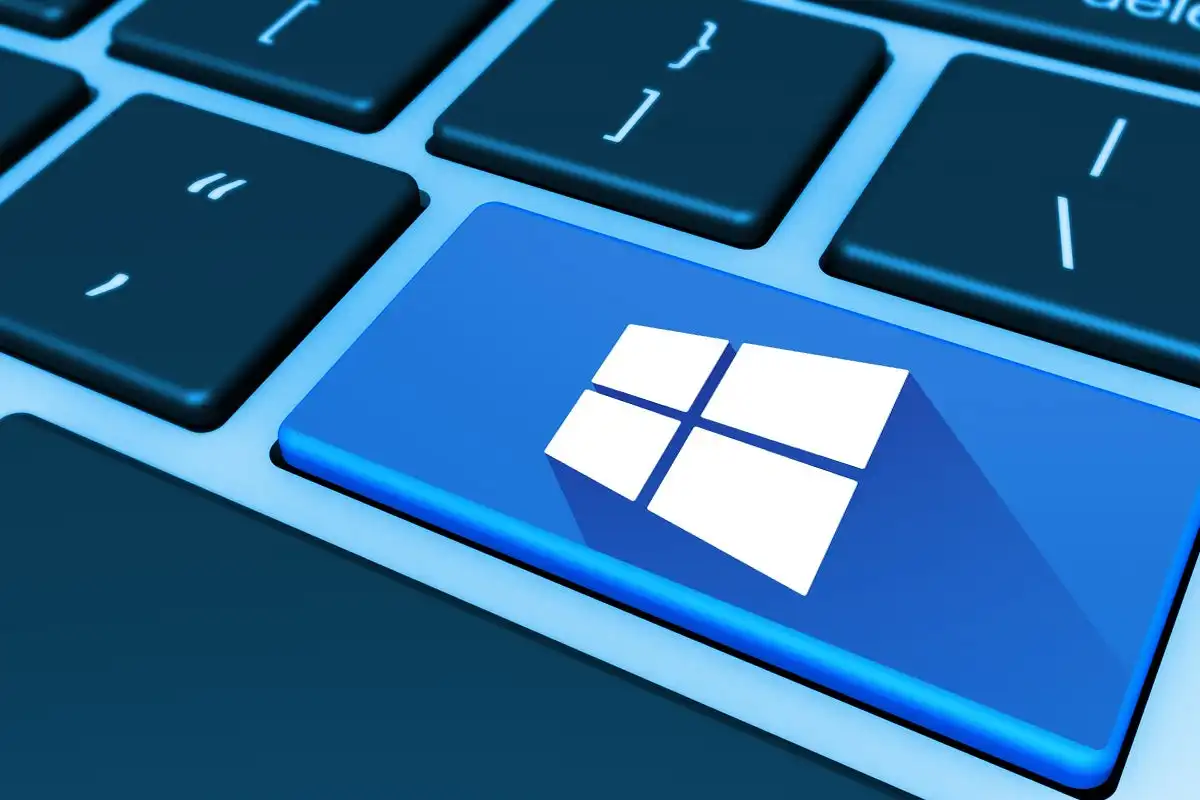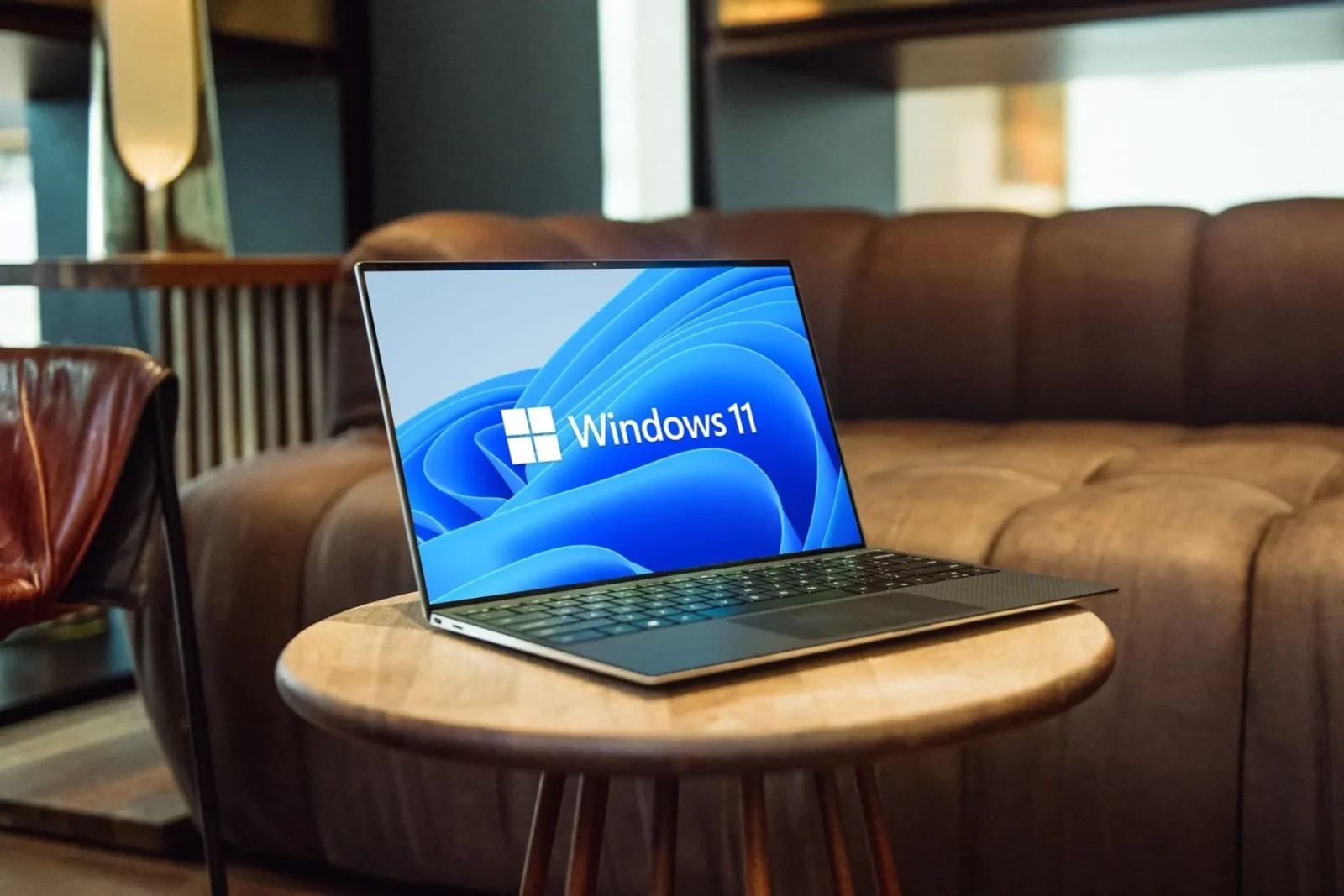The U.S. government has issued an urgent warning to Microsoft Windows users about a critical security vulnerability, CVE-2024-43573, which poses significant risks to many systems. This vulnerability is part of a series of issues related to the MSHTML component of Windows, which has been exploited by attackers to potentially take over devices. Users are strongly advised to update their systems by October 29 or discontinue use until updates are applied.
This recent warning follows two previous alerts in the last few months, indicating a growing concern over the security of Windows devices. The Cybersecurity and Infrastructure Security Agency (CISA) has mandated federal employees to implement the necessary mitigations immediately. The agency’s guidance is not only aimed at federal staff but is intended to help the broader cybersecurity community manage these vulnerabilities effectively.
The timing of this warning is particularly critical for the approximately 900 million users still on Windows 10, which will reach end-of-life status in October 2025, cutting off support and updates. There are also around 50 million users on even older versions of Windows, leaving their systems particularly vulnerable to exploitation.
The vulnerabilities stem from MSHTML, which, when used with Internet Explorer, allows attackers to manipulate users into visiting malicious URLs. This has made it easier for threat actors to exploit systems that are still running outdated or unsupported software, highlighting the dangers associated with using legacy systems.

Previous vulnerabilities, such as CVE-2024-38112 and CVE-2024-43461, have already been linked to specific groups of attackers. Trend Micro suggests that the recent issues indicate that the initial fixes for these vulnerabilities were inadequate, necessitating urgent updates for all Windows users to protect against ongoing threats.
Given the severity of the current situation, users are encouraged to install the latest security updates released in October. The existence of multiple active threats exploiting this vulnerability underscores the importance of maintaining up-to-date systems, especially for those who may be nearing end-of-life support for their operating system.
In response to user difficulties upgrading to Windows 11, a new workaround called Flyby11 has emerged, allowing older PCs to upgrade to Windows 11 even if they don’t meet the system requirements. This tool aims to help users, particularly in enterprise settings, avoid hardware-related obstacles that could prevent them from updating.
However, users attempting to upgrade are facing issues related to the Windows update process itself. Reports of blue screens of death (BSOD) associated with the recent Windows 11 24H2 update have surfaced, leading to compatibility holds for certain applications like Voicemeeter and issues with specific hardware, particularly from ASUS.
Despite the potential benefits of the new Windows 11 update, the ongoing issues have created a problematic situation for many users, pushing them toward a decision on whether to upgrade or remain on older systems. With the end of support for Windows 10 on the horizon, users must consider their options carefully in light of the recent vulnerabilities and the complications arising from the update process.
Ultimately, while the Windows ecosystem is facing significant challenges, it remains imperative for users to ensure their devices are updated with the latest security patches to mitigate risks. The situation continues to evolve, and staying informed will be crucial for maintaining system security and performance.







Leave a Reply